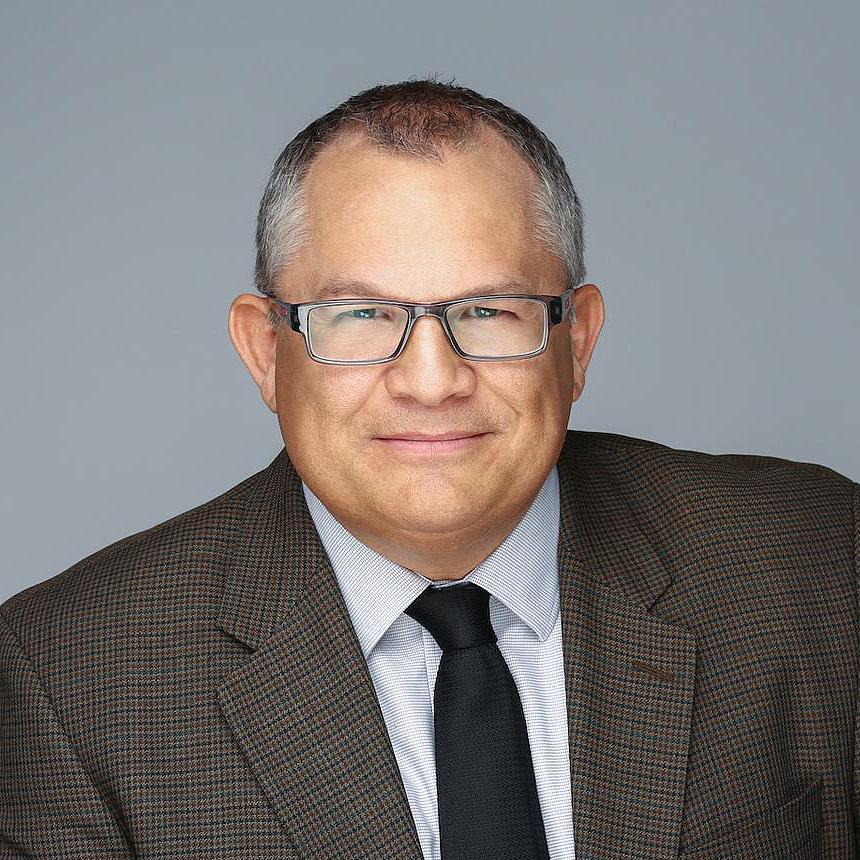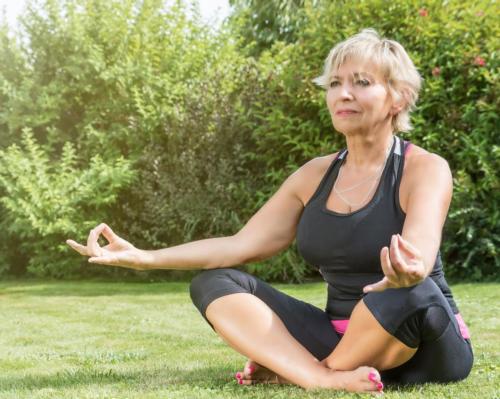see all jobs
ICAA's Colin Milner says health and fitness operators catering for older people must focus on outcomes

The ICAA (International Council on Active Aging) has released a report, ICAA State of the Wellness Industry 2022, which looks at the status of wellness culture, programmes, budgets and staffing relating to the older population.
The report covers sectors including health and fitness, real estate, community care centres and senior living facilities.
Results show the pandemic has boosted organisations’ focus on wellness, with 90 per cent of wellness budgets roughly on a par with pre-pandemic times. Only ten per cent are decreasing.
Optimistic attitudes towards expanding wellness opportunities in the future dominated the feedback. Most respondents (81 per cent) said they viewed wellness as “high” or “essential” to their organisation – a significant increase compared with 2019’s result of 55 per cent. Two in three (61 per cent) felt positive that their community would be based on a wellness lifestyle with care options by 2025.
According to the findings, since the pandemic shutdown, 69 per cent of wellness lifestyle programmes (the top priority for all respondents) are back to being delivered in-person, 38 per cent are virtual and 14 per cent use a hybrid model.
In an exclusive article written for HCM, Colin Milner, CEO of the ICAA highlighted some of the issues the survey exposed: a deficit in staff education, programme outcomes and funding.
“The 2022 survey shows that, compared to respondents with managerial titles (61 per cent), staff members (75 per cent) are more likely to state their organisation has a formal, structured wellness programme,” explained Milner. “These results point to a gulf between management and staff in understanding what they offer, with management lagging behind.”
Milner suggests ongoing education is key to reducing this gulf in understanding, for which funding is necessary.
“Ongoing education about the wellness programmes implemented will benefit an organisation’s board of directors and senior leaders,” he said. “Improved knowledge and understanding help prepare these decision-makers to address areas important to a thriving wellness programme.”
If more funding is to be invested into wellness programmes, then it is important for organisations to understand the relationship between them and ROI. Therefore, a key area requiring improvement is outcomes.
While 72 per cent of respondents record the numbers of people on a programme, only 38 per cent track outcomes “such as improved health and customer satisfaction”.
“It’s not clear why some respondents track the number of participants but not the results (outcomes) of their participation,” said Milner. “A concerted effort needs to be made to close this gap, allowing organisations to better understand their ROI and inform their budget.
“To fulfil the wellness vision requires a commitment to funding wellness programmes, making policy changes, training staff, augmenting the built environment and reinvigorating sales and marketing.”
Milner’s review of the ICAA State of the Wellness Industry 2022 report is in HCM Issue 7, and the report itself can be accessed here on the ICAA’s website.
More News
- News by sector (all)
- All news
- Fitness
- Personal trainer
- Sport
- Spa
- Swimming
- Hospitality
- Entertainment & Gaming
- Commercial Leisure
- Property
- Architecture
- Design
- Tourism
- Travel
- Attractions
- Theme & Water Parks
- Arts & Culture
- Heritage & Museums
- Parks & Countryside
- Sales & Marketing
- Public Sector
- Training
- People
- Executive
- Apprenticeships
- Suppliers

















































